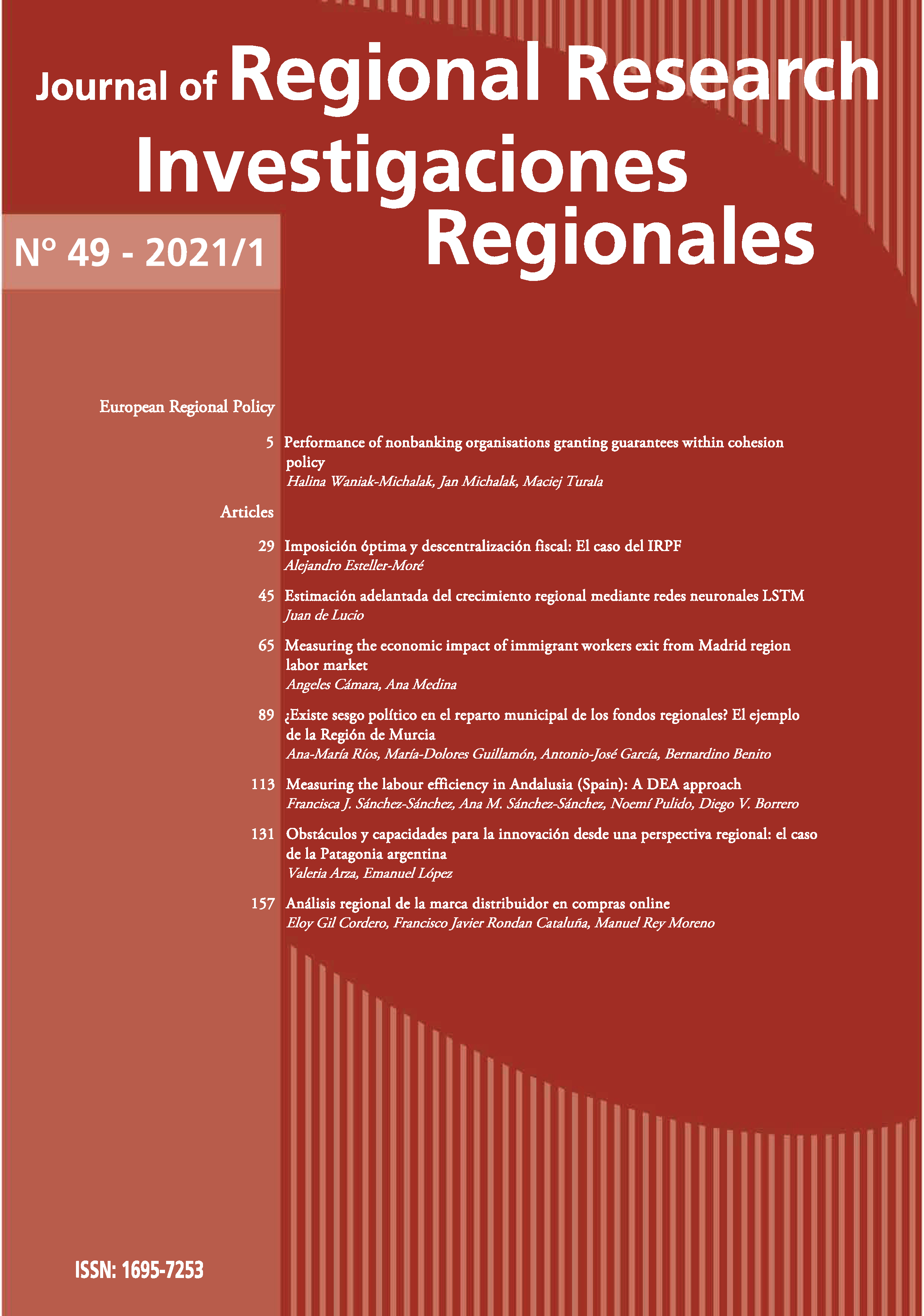Imposición óptima y descentralización fiscal: El caso del IRPF
DOI:
https://doi.org/10.38191/iirr-jorr.21.001Palabras clave:
descentralization, imposición óptima, Comunidades AutonómasResumen
Dada la capacidad normativa de que disponen las CCAA de régimen común y foral en el IRPF, ¿consigue la descentralización aumentar el bienestar social? Para valorarlo, nos centramos en un elemento legal paradigmático: el tipo marginal máximo que aplica sobre la base general. Utilizando el instrumental que nos ofrece la teoría de la imposición óptima, comparamos – a partir de micro-datos de la Encuesta de condiciones de vida (INE) – los tipos reales con los óptimos. Obtenemos que existen, para todas las CCAA, discrepancias; estando siempre los marginales óptimos por encima de los reales. La discrepancia promedio es de 10 puntos porcentuales (p.p.), resultado máxima (mínima) para la CA de Madrid (Navarra), 23 (2) p.p. Eso sí, partiendo del tipo que resulta de la ausencia de actividad legislativa por parte de los gobiernos subcentrales, excepto cuatro CCAA, todas han aproximado los marginales hacia su óptimo.
Descargas
Publicado
Número
Sección
Licencia
Aquellos autores/as que tengan publicaciones con esta revista, aceptan los términos siguientes:
En el momento de aceptar la publicación de sus artículos en Investigaciones Regionales / Journal of Regional Research, los autores acceden a utilizar la licencia Creative Commons CC BY-NC. IIRR/JRR es una revista abierta que permite a los autores retener el máximo control sobre su trabajo. Los autores aceptarán utilizar la licencia Creative Commons Attribution-NonCommercial. Esta licencia permite a cualquier persona copiar y distribuir el artículo con propósitos no comerciales, siempre y cuando se atribuya adecuadamente la atribución del trabajo a la revista y a los autores.

